An early morning drive in the desert
Last week, I told a story about an adventure with Ralph into Central Nevada. This week, I rewrote a piece I wrote in 2010, shortly after Ralph’s death. This trip I spent more time jotting down in my journal some of Ralph’s unique bits of wisdom. Hopefully, you’ll get a better view of my friend who died 15 years ago.

Ralph and I stayed the night in Ridgecrest. Before heading out for the desert early in the morning, we stopped at a grocery store to pick up fruit and pastries along with coffee and juice. Dawn broke as we drove along the highway toward Goler Gulch. In the soft morning light, the carpeting of highway shoulder with flowers amazed me. The wet winter had given growth to white and yellow asters, daisies and bluish heliotropes. Even beyond the road, the flowers grew under clumps of greasewood.
It was March 2005. I had flown out west the day before so I could officiate at a wedding. I picked up a rental car in Las Vegas. As I had a few extra days before the celebration, Ralph took a bus down from Cedar City and met me in Vegas. We then headed over into the Southern California desert, to see where he grew up. We’d talked about doing this trip several times while I lived in Utah, but had never gotten around to it.
Our next stop this morning was Sam’s Cabin, located just off the highway. Arriving, we sit outside on a picnic table and ate our breakfast while watching the changes in the morning light across the El Paso Mountains to our north. “You can find any kind of mineral up there in those mountains,” Ralph noted. “Just don’t start a mine, because whatever your digging will quickly disappear.” It was the words of one who knew a bit about the folly of mining.
Sam’s Cabin
I’d heard a lot about Sam, who’d built this cabin seventy-some years ago. Once, I met his daughter, who’d recently died in her mid-nineties. Sam was an old-time miner. He’d worked in Nevada and as a young man headed up to the Klondike in 1898. He supposedly made enough money up north that he didn’t have to do much work the rest of his life. In the 1930s, he showed up in the Mojave, working as a caretaker for a mining firm. It didn’t take much to live like he did. He had a wife, who lived over on the coast. Sam would go visit her a couple times a year and occasionally she’d come out to the desert, that being the extent of their marriage.
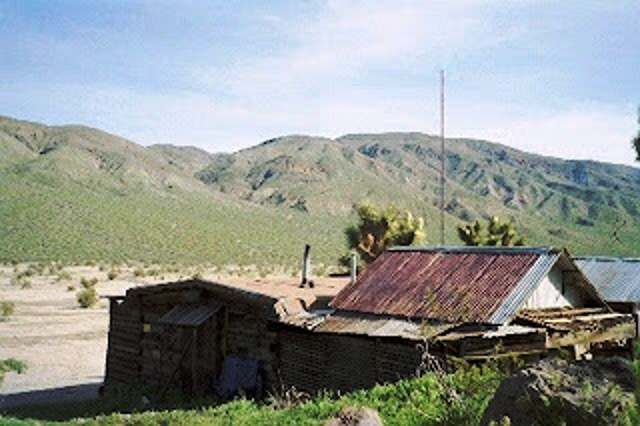
My favorite story of Ralph and Sam was their trip to Death Valley in Ralph’s family Model T truck, taking it across China Lake early in the World War II, before the government converted the dry lakebed to a Naval Aviation bombing site. Ralph had fond memories of the trip, including meeting Scotty of Scotty’s Castle in Death Valley. Today, this trip would be impossible because the bombing range is still in use.
We discovered Sam’s cabin in a state of “arrested decay.” The BLM keeps it from blowing down and one can rent it for up to two nights. Sam died in 1965, in his early 90s.
After breakfast, we looked around the old cabin while waiting for Bill, a friend of Ralph’s from Southern California to arrive. Rocks and boulders of all shapes, colors and sizes dot the yard. Ralph pointed to many of them and told me which gulch from which they’d been taken. Most of the rocks had been hauled in by Sam with the help of Ralph and his brother Charlie.
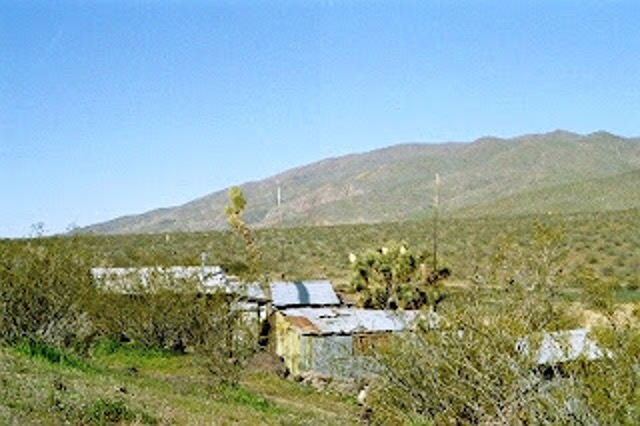
Ralph’s family homestead in Goler Gulch
Bill arrive a few minutes later, driving a huge Suburban SUV. We decide to take his Suburban and leave my rental car at Sam’s Cabin. We climbed in and Ralph began the tour of Goler Gulch. The gulch has always been a placer mining district, meaning the ore is found in sediment washed down from the mountains. Attempts have been made to find the ore body from up in the mountains, but no one has ever identified the source. When Ralph was a kid, old miners held to the belief the gold had been pushed down during the last ice age, by glaciers. Of course, there is no evidence of glacier activity this far south. Another popular theory, according to Ralph, who reported this with a straight face, is that the gold came from Alaska.
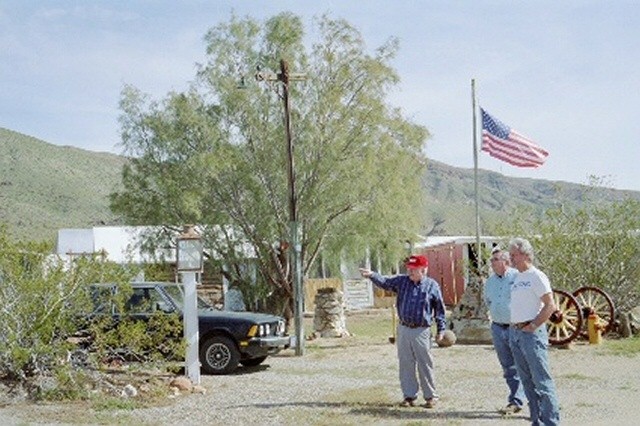
Ralph’s family’s Model T
Ralph was born in Kansas. When he was an infant, his parents moved to California. They added a bed to their Model T coupe, making it into a truck in which the family made the journey. After a short stint in Los Angeles, they headed into the desert, where his dad worked as a miner and a cook. Interestingly, the Model T still runs. Ralph has driven me around in it and even let me drive it.
Ralph told about his brother Charlie and him taking the Model T on trips through the desert. In the spring or after rains, when the water would be raging in the gulch, they’d stop the car on one side of the stream, take off the fan belt and drive through the water, hooking the fan belt back up on the other side. The car seemed to go anywhere; you just had to know the tricks. If the fan was spinning, it would kick water over the distributor cap and short out the electrical system. The engine could take a little more heat than the electrical system could take water.
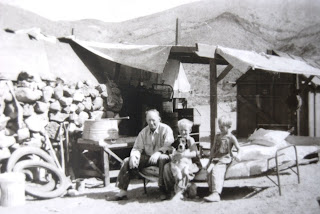
Ralph’s family homestead includes a collection of buildings. Ralph pointed to a building he and Sam had built at the beginning of the war for some women from Pasadena who wanted a place to flee when the Japanese invaded. “They were sure the Japanese were coming to rape them,” Ralph said sarcastically. They hired him and Sam to build them a home in the desert. Another building Ralph rescued from the Navy, who’d set up operations at China Lake during the war. Abandon as surplus, he brought it and hauled it home so he could have his own room when he returned from the Pacific.
The Old One-Room School House
We made another stop at the site of the old one room school. Ralph and his brother attended school here with eight or ten other kids from 1932, when the schooled opened, to 1936 when they were bused into Randsburg. He told us about his first-grade teacher who’d just celebrated her 100th birthday. Ralph pointed up stream and said that the girl’s outhouse was up there, and the guys were downstream. “Why didn’t they just have a unisex bathroom with a lock,” I asked, “since there were never more than a dozen students.” Ralph, in all seriousness, responded. “I assume the school board had concerns about mixing urine.”
We saw the shaft for the Yellow Aster mine, one of the larger mines in the district. As we explored, Ralph picked a leaf of Indian Tobacco and talked about as a kid he’d harvest it and sell it to an old miner. The other miners forbid the old miner from smoking it underground because it stank. He also found an “Indian pickle,” a plant with a long stem and an open chamber on the end where you could place your tobacco as you drew the smoke up the stem. The “Indian pickle” made a perfect bong. He also showed how the new growth on a greasewood (also known as Creosote bush) could be crushed and smoked for a “natural high.” “This also stinks, which is what you’d expect from such a plant,” Ralph informed us. None of us wanted to try it out for ourselves.
Heading up the gulch
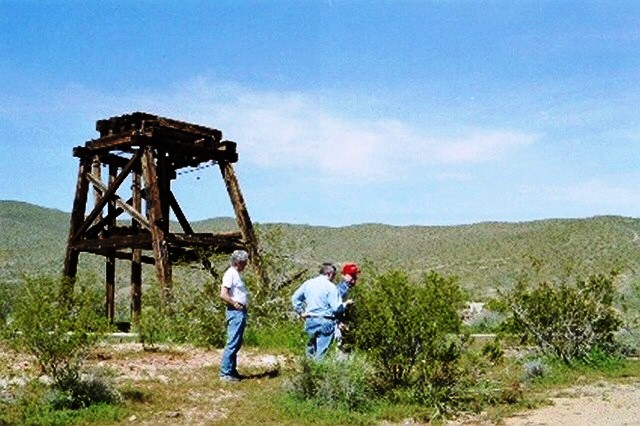
We next headed into the gulch itself, a canyon where much of the mining took place. There were five shafts dug down into the dirt, named Fine Gold Number 1 though 5. Only Fine Gold #1 had a traditional gallows frame, the others being pick and shovel operations with a windlass. In time, the miners discovered that the gold was mostly deposited in the sand within a few feet of bedrock, some eighty feet down. They’d sink a shaft then work out following the bedrock as they made their way up and down the gulch.
Old miners Ralph knew
As we drove up the gulch, Ralph told us about miners he’d known growing up the desert. One was a kid, just 18, who discovered enough gold to buy himself a brand new ’36 Ford with an 85 horsepower V8 engine. Another was a guy named Happy, who was the first pot-head Ralph knew. This was before the Second World War. Happy came looking for work and the miners wanted him to work with them. So, he asked where he might find a place to prospect. One of the old-timers, to be done with him, sent him to the most unlikely place around. Happy discovered a 14-ounce nugget. He remained happy for some time thereafter.
Some of the miners were more adapt at mining outsiders, an ancient trick of the mining trade. Curly would pull out his pan anytime he saw a tourist driving by. They’d get to see him work out some nuggets from his washings. He’d tell him he dug the ore at his mine, Eagle’s Roost,” up in the mountains. It they seemed interested, he’d ask if they’d like to buy a few inches or feet of the mine from him. During the war, Curly talked to a man from Kansas. Ralph’s father, who was from Kansas, warned the man not to trust Curly. Curly moaned to the man about how everyone talked bad him and were always saying that he was dishonest because they were jealous. So, the man brought from Curly a bunch of land that wasn’t worth much and most of it, Curly didn’t even own. Afterwards, Ralph said, “Curly went into Randsburg and brought war bonds and became a hero.”
Turning around and heading for lunch
The creek ran strong, and the ground softened before we reached the end of the gulch. Bill said he had a shovel in the back if we wanted to keep going, but none of us were excited about using it. We turned around and headed back to Randsburg for lunch. That’s a story I’ll have to share at another time.
Postlude
Ralph lived in the Gulch until he graduated from High School in 1944, at which time he joined the Army Air Corp. He was hoping to become a pilot, but they had enough so he became a crew member of a B-24. He made it to the South Pacific in time for the war to end. Ralph received a combat citation, and just so no one thought of him as a hero, he loved telling the story about how some General thought he should have another medal, so the General sent several hundred airplanes into the sky to blow the hell out of some island a few Japanese soldiers had the misfortune of being marooned on as their island had been leaped over in our drive toward the Japanese homeland. “We blew the hell out of them,” Ralph said. His second mission was to drop supplies, mostly boots, into POW camps after the surrender. After the war, Ralph attended school on the GI bill and became a chemist. He spent the rest of his life in the Southwest. Ralph died in 2010. Two weeks ago, on his birthday, he would have been 99 years old.
Other Ralph Stories:
Camp Bangledesh: Ralph as my assistant scoutmaster the summer I was the summer camp scoutmaster for Troop 360
Treasure Hill: Ralph and I exploring Central Nevada
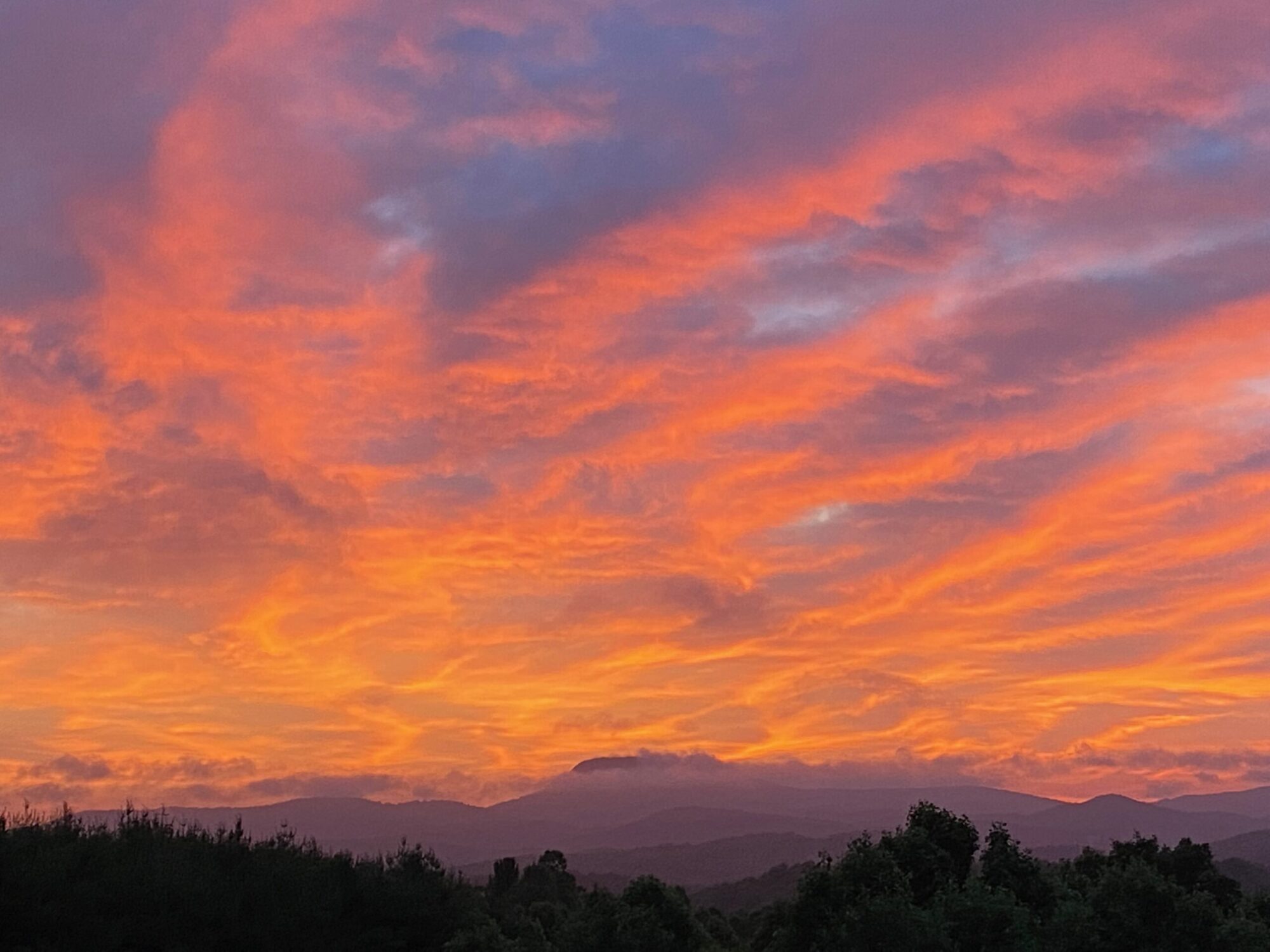
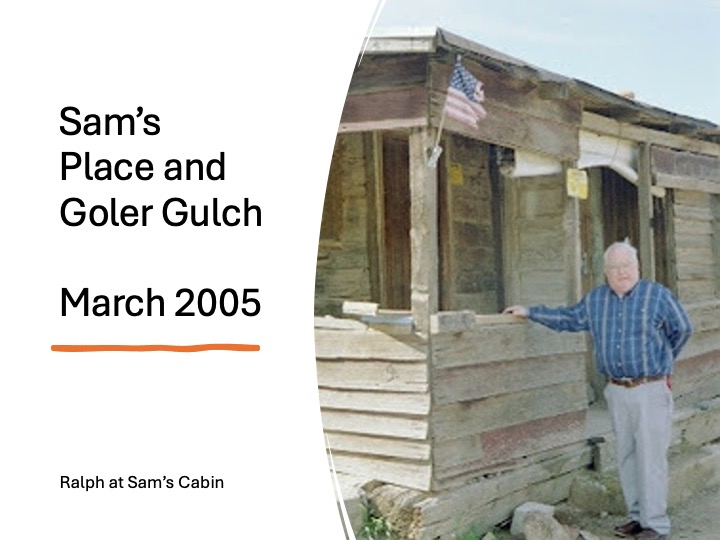
Hello Jeff, You drew me in with gulch! It’s a word that brings Nevada to mind for me, Red Rock Canyon another favorite and all things of the desert where I would vacation to visit my grandfather during the hot summer months! All treasures of grand memories. I did stumble across your post about throwed away, what a story indeed. Have a most treasured week ahead!
Karen, the day before we went to Goler Gulch, I was in Vegas. That morning, before Ralph came down, I climbed Turtlehead in Red Rocks!
Loved this story! You have been blessed with your life! Thanks for sharing! Love Bill Barto
Yes, I have been blessed and that certainly includes my time in Ellicottville
You have met some interesting characters, Jeff. I enjoyed Ralph’s stories. I prospected for placer gold decades ago in Nova Scotia. I never found a nugget, just flakes. I may not have struck it rich in the gold fields, but I struck it rich in life. All the best to you!
The “struck it rich” stories are few and far between in the gold fields. At least with placer mining, an individual or couple of miners can make a go of it, unlike hard rock mining that requires an industrial complex.
Good stories. Nice lives. I just drove through El Paso a few days ago. It is beautiful country. My son was stationed there.
The El Paso Mountains are in the northern part of the Mojave Desert. I’ve been through the city of El Paso on the train–we had a couple hours free so I was able to walk around some.
You have had some very enjoyable experiences!
I’ve been blessed!
An enjoyable read, thank you.
All the best Jan
Thanks for reading.
You shared some really interesting anecdotes in this story. Do you have any photos of the Model-T?
I don’t. The old photo of Ralph as a kid shows a tire that’s probably for the Model T. Ralph’s son has the Model T.
What an interesting person he was. You’ve met some very intriguing people.
I have been blessed to have met some neat people.